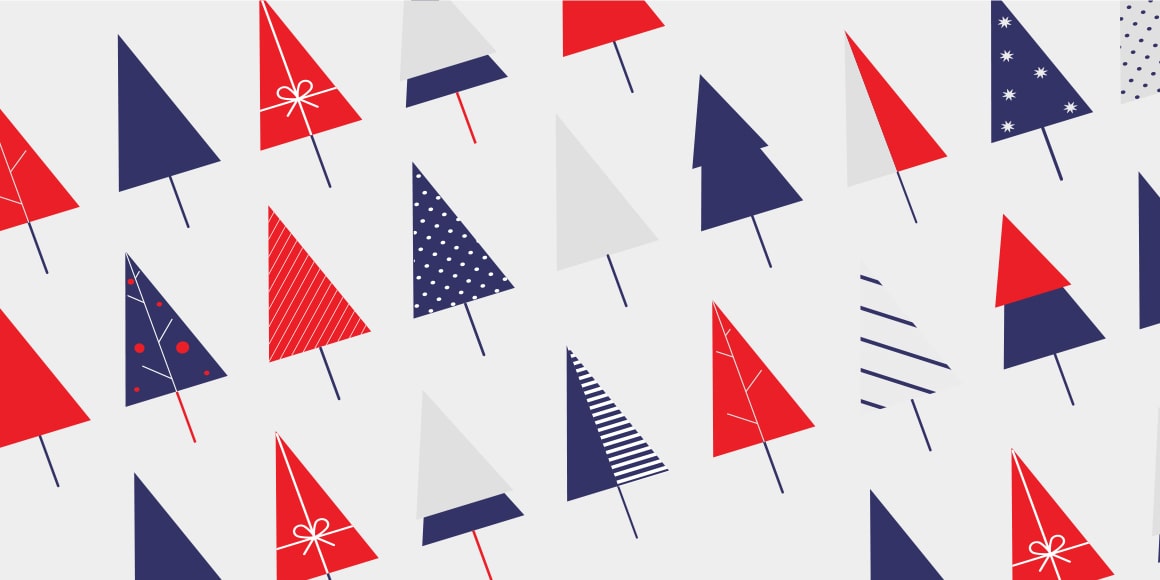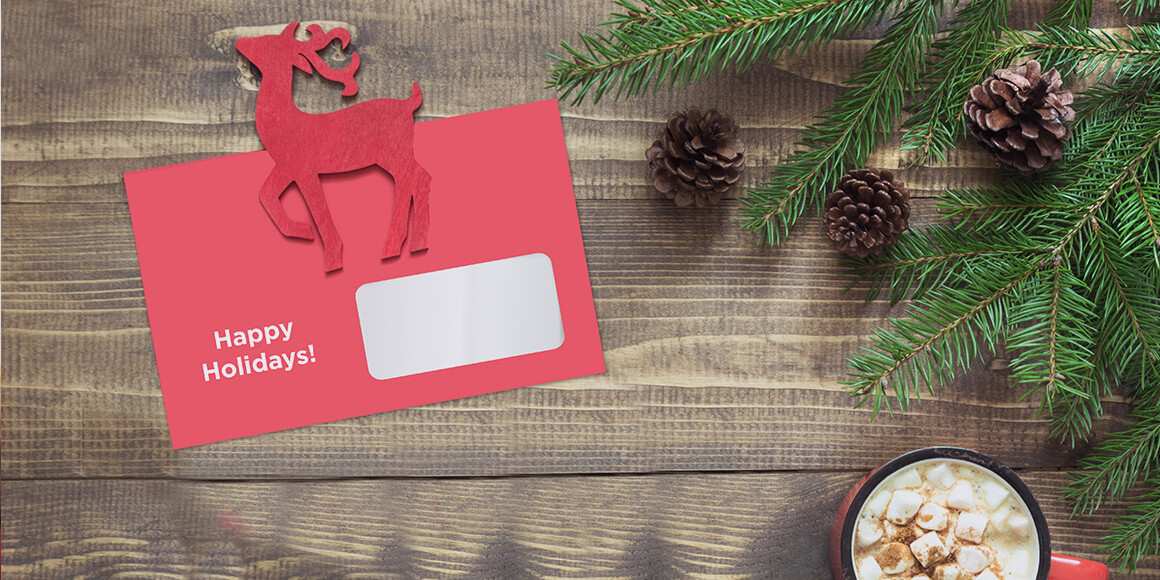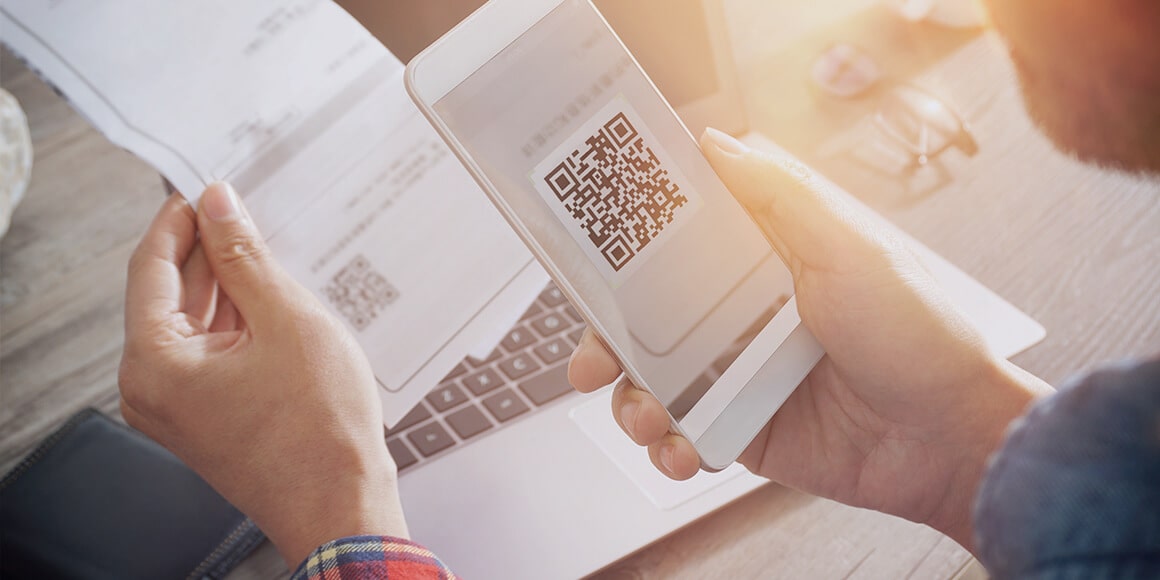The holidays are a critical time to reach customers. But how do you catch their attention when they’re busy with holiday preparations and bombarded with sales messages? This year, consider trying a new twist on the traditional holiday card or letter.
It’s clear that direct mail is an effective way to reach customers. In one survey, 60% of respondents said they tend to read through the marketing mail they receive, rather than discarding it without reading.[1] And now you can make your mail even more engaging with enhancements like video links, scents, textures or QR Codes® that send customers right to your website.[2]
For inspiration, take a look at the following examples.
Holiday Self-Mailer with Digital Coupon
A consumer electronics retailer wants to pull people in with a limited-time holiday promotion for customers buying a virtual reality (VR) headset. The company knows the target audience is tech-savvy, so they send out a mailpiece with an offer for an exclusive discount code that can be accessed immediately by texting a certain number.
Coupons delivered on mobile are almost as popular as paper coupons, with 47% of U.S. consumers preferring digital and 53% preferring paper.[3]

Booklet with QR Codes
A crafters’ collective that sells products online wants to generate new sales from previous customers. The company sends out a booklet of gift ideas for various people likely to be on their customers’ shopping lists: spouses, kids, friends, parents, coworkers, etc. Colorful QR Codes on the booklet make it easy for customers to respond. When they scan a QR Code with a mobile device, they are linked to a "buyable pin" on a popular product-discovery app, where they can view product details and make a purchase.
52% of marketing decision-makers at U.S. companies consider improvement in customer retention rates a leading business objective.[4]

Postcard with Texture
The owners of a bed and breakfast in the Caribbean want to encourage their best customers to make a return visit. During the cold, dark days of December, they send out postcards highlighting their picturesque beachside cottages as an enticement. Incorporating a sandy texture into the beach scene helps their holiday greeting stand out. The copy reminds past visitors of their warm, sunny stay in the tropics and urges them to gift a beach trip this holiday season.
Across all age groups, physical advertising formats are more effective than digital at leaving a lasting impression.[5]

Letter with Scent
The owners of a spa want to reward loyal customers for their business and entice them to book additional spa experiences. They send a letter offering discounts on individual spa treatments and on year-long spa membership packages. To connect with customers on a deeper level, they infuse the letter with one of their most popular aromatherapy scents.
Brand impact increases by 30% when more than one sense is engaged and by 70% when three or more senses are stimulated through a brand message.[6]

Special Format
A fitness club wants customers to take advantage of special holiday pricing on gym memberships, which can be purchased as a gift for themselves and their significant others. The club uses “blinds” to create an eye-catching, inspiring mailpiece. The postcard depicts a gym-goer gripping a free weight as it rests on the floor—but when recipients pull a tab, the image transforms, showing the man hoisting the weight high above his head.
One company achieved a 2x greater response rate by using a pop-up mailer rather than a conventional mailpiece.[7]

Card with NFC Video Link
An interior decorating business wants to thank customers for their business and encourage them to recommend the company to their friends. The business decides to send their customers a holiday card that incorporates a near field communication (NFC) chip. When activated with a mobile device, the NFC chip launches a video of home-decorating tips for the holidays. The card encourages viewers to share the video with their friends.
55% of Gen Z would try new brands based on a recommendation from a friend or peer—beating out social media, traditional ads, influencer marketing and celebrity endorsements.[8]


 search
close
menu
search
close
menu









